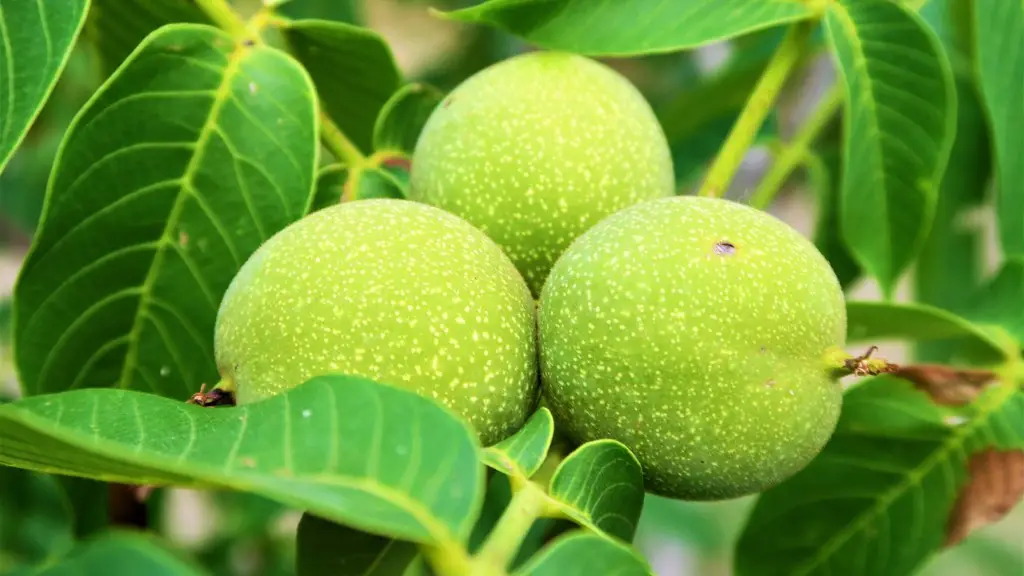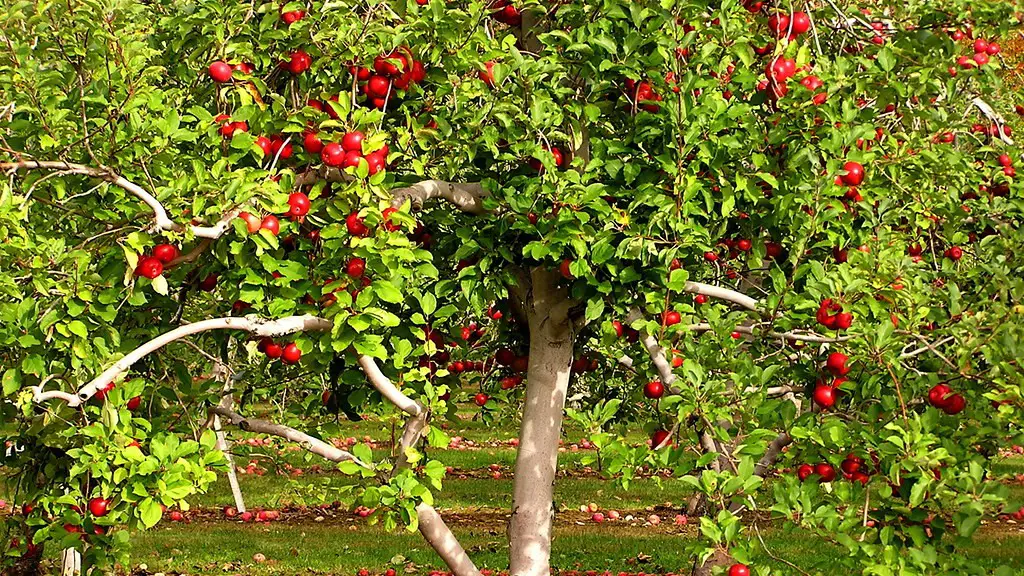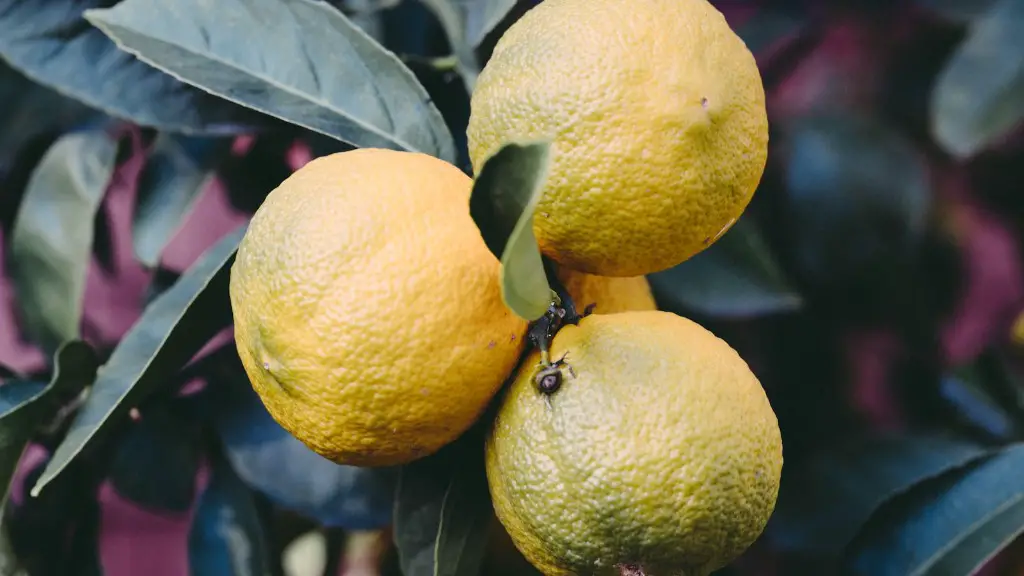A tree nut allergy is a type of food allergy that is characterized by an adverse immune reaction to one or more tree nuts. The most common tree nuts that cause allergies are almonds, Brazil nuts, cashews, hazelnuts, macadamia nuts, pecans, pine nuts, pistachios, and walnuts. Most people who are allergic to one type of tree nut will be allergic to other types as well. Tree nut allergy is one of the most common food allergies in children and adults. symptoms of tree nut allergy can range from mild (such as itching and hives) to severe (such as anaphylaxis, which is a life-threatening reaction).
A tree nut allergy is when your body has a reaction to eating tree nuts or coming into contact with tree nuts.
What does a tree nut allergy include?
If you are allergic to tree nuts, it is important to avoid all tree nut products. Anaphylaxis is a potentially life-threatening reaction that can occur when you eat tree nuts or come in contact with them. Symptoms of anaphylaxis include difficulty breathing, swelling of the throat and hives. If you experience any of these symptoms, you should seek medical attention immediately.
Tree nut allergies are among the most common food allergies in both children and adults. The six tree nut allergies most commonly reported by children and adults are allergies to walnut, almond, hazelnut, pecan, cashew and pistachio. Allergies to these tree nuts can cause a range of symptoms from mild to severe, and in some cases can be life-threatening. If you or your child has a tree nut allergy, it is important to be aware of the symptoms and to know what to do if they occur.
What is considered a tree nut
Tree nuts are a type of fruit that grows on trees. They are classified as such because they have a hard shell that encloses a seed. Peanuts, on the other hand, are classified as legumes because they grow underground and have a softer shell. Tree nuts include almonds, Brazil nuts, cashews, hazelnuts, pecans, pistachios and walnuts.
Most people are aware that tree nuts can be found in common foods like candy, cookies, and crackers. However, there are many other unexpected sources of tree nuts that you should be aware of. These include breakfast cereals, energy bars, flavored coffee, frozen desserts, marinades, barbeque sauces, some cold cuts, ice cream, and even alcoholic beverages. So, if you have a tree nut allergy, be sure to check labels carefully and avoid these unexpected sources of tree nuts.
Is Avocado considered a tree nut?
If you have a nut allergy, you may want to avoid avocados as they contain similar proteins to chestnuts. However, since avocados are classified as a fruit, you should be able to eat them if you don’t have a chestnut allergy.
Proteins in peanuts are different from those in tree nuts, so someone who is allergic to peanuts is not automatically allergic to tree nuts.
Which nut is not a tree nut?
The tree nuts that are considered priority allergens include almonds, Brazil nuts, cashews, hazelnuts, macadamia nuts, pecans, pine nuts (pignolias), pistachio nuts and walnuts. Peanuts are part of the legume family and are not considered a tree nut.
Cocoa is not a nut, but is the fruit of the cacao tree. Chocolate is made from the seeds of this fruit. Coconut, while classified as a tree nut by the FDA, is not a true nut, but rather a drupe (a specific type of fruit). Pure maple syrup is derived from the sap of the maple tree.
Is a coconut considered a tree nut
Coconut is not a tree nut, but is a seed of a drupaceous fruit. However, the FDA lists coconut as a tree nut due to the fact that most people who are allergic to tree nuts can safely eat coconut. Coconut allergy is rare, but if you are allergic to tree nuts, it is best to avoid coconut.
Bananas are not nuts. A banana is a fruit, classified as a berry, that grows on an herbaceous plant. Bananas have been found in Pliocene lake sediments in Nebraska, meaning they were around 2.6 million years ago.
What are three examples of tree nuts?
Nuts and drupes are typically fruits with a hard shell that contains an edible kernel. The kernel is often surrounded by a thin layer of flesh, called the pericarp.
Nuts and drupes are an important part of many diets around the world. They are a good source of protein, healthy fats, vitamins, and minerals.
Nuts and drupes can be eaten raw, roasted, or ground into a flour. They can also be used to make milk, butter, or oil.
Some of the most popular nuts and drupes include almonds, hazelnuts, pecans, walnuts, cashews, chestnuts, coconuts, and pistachios.
Bananas are fruits that grow on herbaceous plants. These plants are considered non-woody, which makes bananas technically herbs. However, bananas have no relation to ground or tree nuts.
Can Benadryl help with nut allergy
If you have a mild peanut allergy, Benadryl can help to relieve some of the associated symptoms, including stomach discomfort, sneezing, itchiness of the mouth or nose, or a mild rash. However, Benadryl will not help if you have a severe reaction, such as anaphylaxis. If you think you are having a severe reaction, seek medical attention immediately.
If you suspect you or your child has a nut allergy, it’s important to see an allergy specialist. Symptoms of nut allergy can range from mild (such as a skin rash) to severe (anaphylaxis). Peanut, tree nut and seed allergies are among the most common food allergies.
Is almond a tree nut?
If you have an allergy to one type of tree nut, it’s important to speak with an allergist before consuming any other tree nuts. While an allergy to one type of tree nut doesn’t necessarily mean that you’re allergic to all tree nuts, it’s best to err on the side of caution.
Nuts are a type of dry fruit that have a single seed and a hard shell. They are also known for their protective husk. Some examples of nuts include chestnuts, hazelnuts, pecans, and walnuts. Peanuts and almonds, on the other hand, do not meet the botanical definition of a true nut.
Which fruit is not a nut
Nuts are fruits that are classified as drupes. Drupes are fruits that are fleshy on the outside and contain a shell covering a seed on the inside. Nuts are typically high in fat and protein.
Many fruits and vegetables contain proteins that are similar to these pollens So the immune system can mistake the fruit and vegetable proteins for the plant pollens that caused the allergy. This is called cross-reactivity and can lead to symptoms even though the person is not allergic to the fruit or vegetable itself.
Warp Up
A tree nut allergy is a type of food allergy that is characterized by an adverse immune reaction to one or more tree nuts. The most common tree nuts that trigger an allergic reaction include almonds, Brazil nuts, cashews, chestnuts, hazelnuts, macadamia nuts, pecans, pine nuts, walnuts, and pistachios.
A tree nut allergy is when your body has a reaction to proteins found in tree nuts. The most common tree nuts are almonds, walnuts, hazelnuts, pistachios, cashews, and chestnuts. Many people who are allergic to one type of tree nut are also allergic to other types. The best way to avoid a reaction is to avoid tree nuts altogether.




